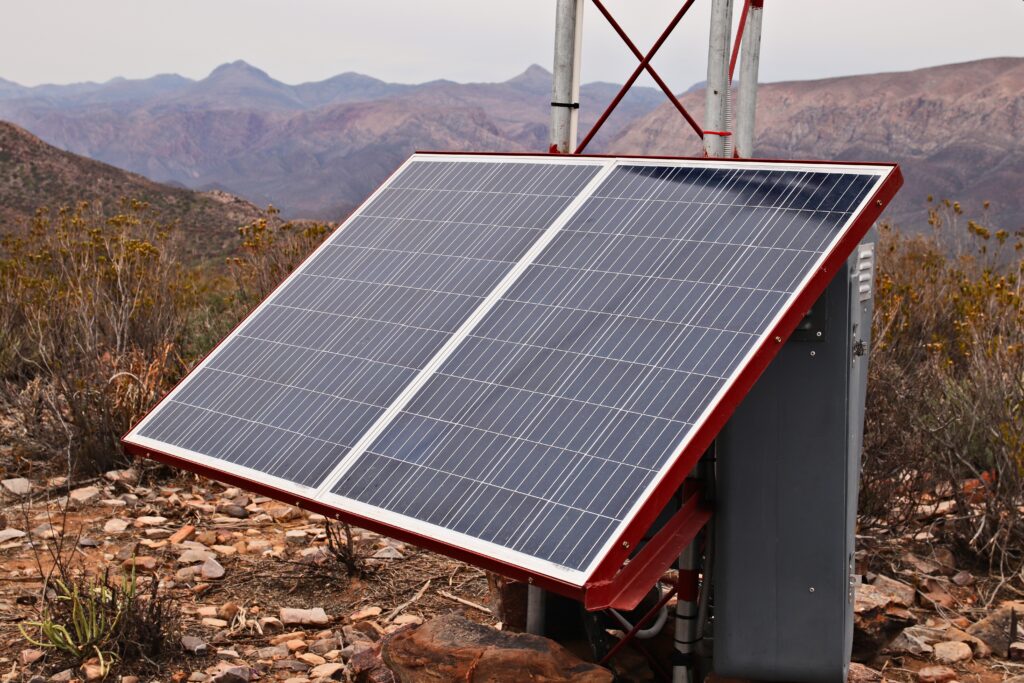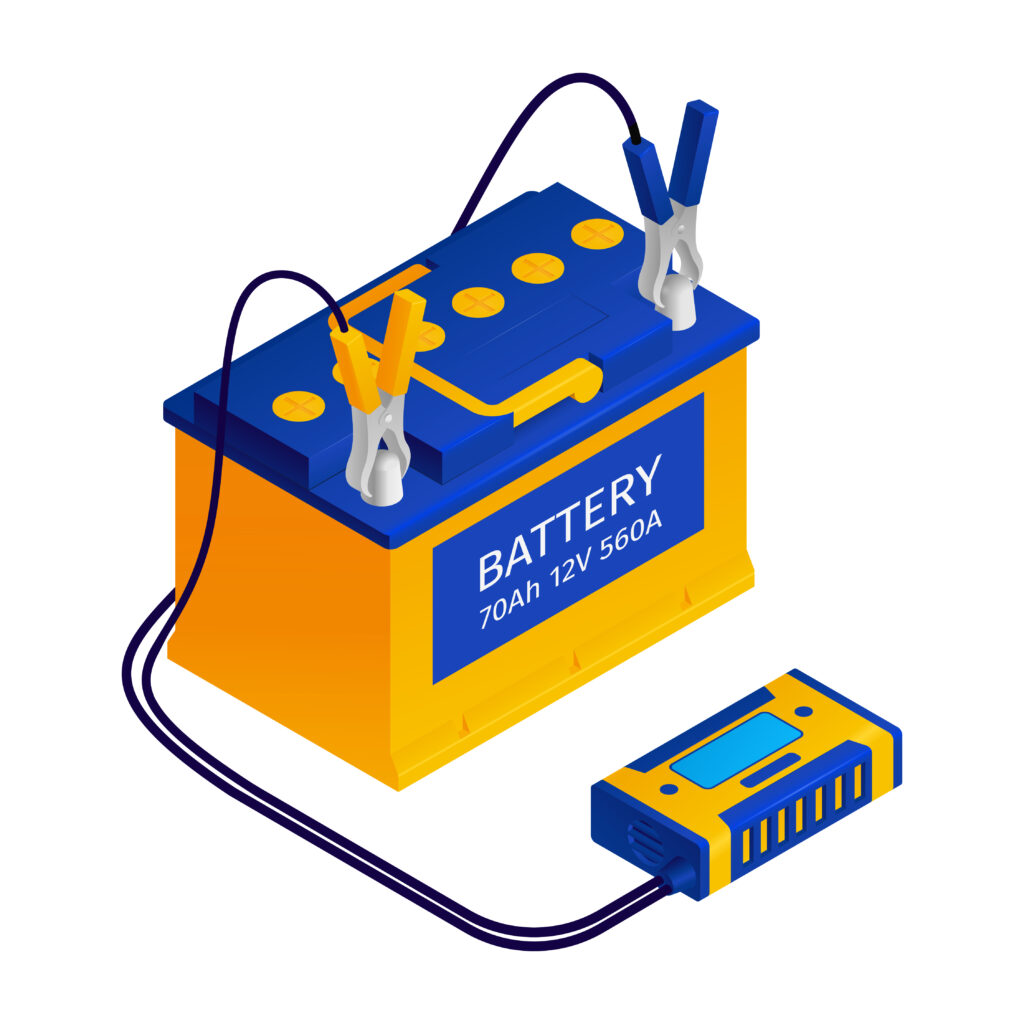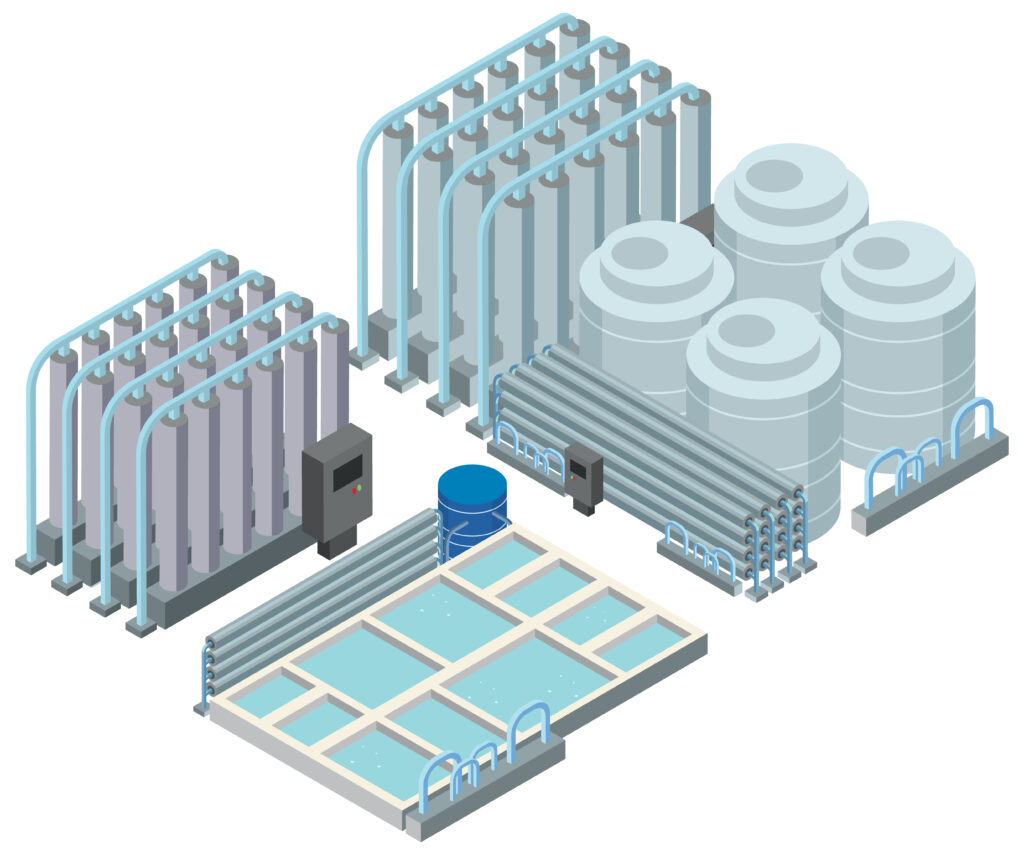
“Unlock the secrets of renewable energy: How is solar energy stored? Explore cutting-edge techniques and sustainable solutions for storing solar power effectively, paving the way for a greener future.”
Table of Contents
Introduction: The Promise and Challenge of Solar Energy
Solar energy has become a bright spot in the ever-expanding search for renewable energy sources. Solar energy provides the promise of a more environmentally friendly and sustainable future because of its abundance, environmental friendliness, and capacity to completely change the energy landscape. But the light doesn’t always shine, and its sporadic nature makes its general adoption extremely difficult. The answer is in efficient solar energy storage techniques that can store solar energy while it is present and release it when it is required. This in-depth study will examine the cutting-edge innovations and environmentally friendly fixes that make solar energy storage a reality.
The Importance of Solar Energy Storage
Let’s first comprehend why solar energy storage is crucial before delving into the various storage techniques. Only when the sun is shining can solar panels, which turn sunlight into energy, provide power. This implies that there is no direct electricity generation at night or on overcast days. By storing extra energy generated during sunny periods for use during cloudy periods, we can close this gap and make solar energy a dependable and constant source of power. Due to its storing capacity, solar energy may compete well with fossil fuels by ensuring a steady supply of electricity.
1. Batteries: Power Packed Storage

Batteries are one of the most popular and adaptable types of solar energy storage. They can also store the energy produced by solar panels, just way batteries do when powering our computers and cellphones. The best option for storing solar energy is lithium-ion batteries because of its extended lifespan and high energy density. They may effectively store extra energy during the day and release it at night or during periods of low sunlight. These batteries balance the supply and demand of solar energy by coming in a variety of sizes that make them suited for both domestic and commercial use.
2. Pumped Hydro Storage: Utilizing Gravitational Potential

A intriguing technique for storing solar energy that makes use of gravity is called pumped hydro storage. This is how it goes: Extra energy is utilized to pump water from a lower reservoir to a higher one when there is a lot of sunlight. When there is a need for energy, the water that has been stored is released, running downhill via turbines to produce power. This procedure offers a dependable and scalable storage option in addition to efficient energy storage. It’s like using gravity as a natural battery.
3. Thermal Energy Storage: Tapping into the Sun’s Heat

Using the sun’s heat to produce electricity later on is another innovative approach to storing solar energy. This method is especially beneficial for applications that need for both power and heat, such heating systems or industrial operations. Thermal energy is frequently stored in the form of molten salt. The salt absorbs and holds onto the heat from the sun. The heat is released when energy is required, powering turbines to generate electricity. This technique is a useful addition to the solar storage arsenal since it effectively turns solar heat into useable power.
4. Grid Integration: Enhancing Efficiency
Effective solar energy storage involves more than just one-off storage solutions; it also involves how these solutions work with the electrical grid. In order to use stored solar energy as efficiently as possible, smart grids, demand-response systems, and sophisticated energy management technologies are essential. These developments enable utilities to efficiently balance supply and demand, eliminating waste and assuring a steady supply of electricity for customers. Every watt of solar energy that is stored is valued, thanks to grid integration, which binds the entire solar energy ecosystem together.
The Future of Solar Energy Storage
The future of solar energy storage appears promising as technology develops and as our knowledge of energy storage expands. International teams of scientists and engineers are working nonstop to enhance current storage techniques and create brand-new, more effective ones. Materials innovation, battery technology developments, and storage system innovations are lowering cost and increasing efficiency. The move to a cleaner and more sustainable energy future is accelerated by this trend, which favors solar energy as well as the whole renewable energy environment.
Conclusion: A Greener Tomorrow
The cornerstone to a better and more sustainable future is solar energy storage. We can lessen the problems caused by intermittency and lessen our reliance on fossil fuels by successfully capturing and storing the power of the sun. A complete strategy to meet the storage demands of solar energy includes batteries, pumped hydro storage, thermal energy storage, and grid integration. We are getting closer to a world where solar power is a common, dependable, and eco-friendly source of energy as we continue to create, improve, and integrate these solutions. We help future generations live in a brighter, cleaner, and more sustainable future by making investments in solar energy storage now.
Frequently Asked Questions (FAQ)
1. Why is solar energy storage necessary?
Solar energy storage is necessary because solar panels generate electricity only when the sun is shining. Storage allows us to save excess energy produced during sunny periods and use it during times when the sun isn’t available, such as at night or during cloudy weather. This ensures a continuous and reliable power supply.
2. What are the main methods of solar energy storage?
The main methods of solar energy storage include batteries (particularly lithium-ion batteries), pumped hydro storage, and thermal energy storage. Each method has its advantages and applications, contributing to a comprehensive storage solution.
3. How do batteries store solar energy?
Batteries store solar energy by converting it into chemical energy, which can be stored for later use. Lithium-ion batteries are commonly used due to their high energy density and efficiency in storing and releasing energy.
4. What is pumped hydro storage, and how does it work?
Pumped hydro storage is a method that uses gravitational potential to store energy. Excess energy from solar panels is used to pump water from a lower reservoir to a higher one. When energy demand is high, the stored water is released, flowing downhill and passing through turbines to generate electricity.
5. Can solar energy be stored as heat?
Yes, solar energy can be stored as heat using thermal energy storage systems. One common approach is to use molten salt as a medium. The salt absorbs and retains the sun’s heat, and when energy is needed, the heat is released to drive turbines and produce electricity.
6. How does grid integration enhance solar energy storage?
Grid integration involves the integration of solar energy storage solutions with the power grid. Smart grids, demand-response systems, and advanced energy management technologies ensure efficient use of stored solar energy, balancing supply and demand and reducing wastage.

